Ayurvedic may be a new word for some of you but it’s roots extend years and years before either of us were born. What is ayurvedic tea good for and what are the ayurvedic herbs? The world’s oldest holistic whole body healing system. How does this all pertain to tea? Let’s find out.
Are you interested in a cup of Ayurvedic tea? There are some things you need to figure out first. But once you do, you will be on to a new experience.
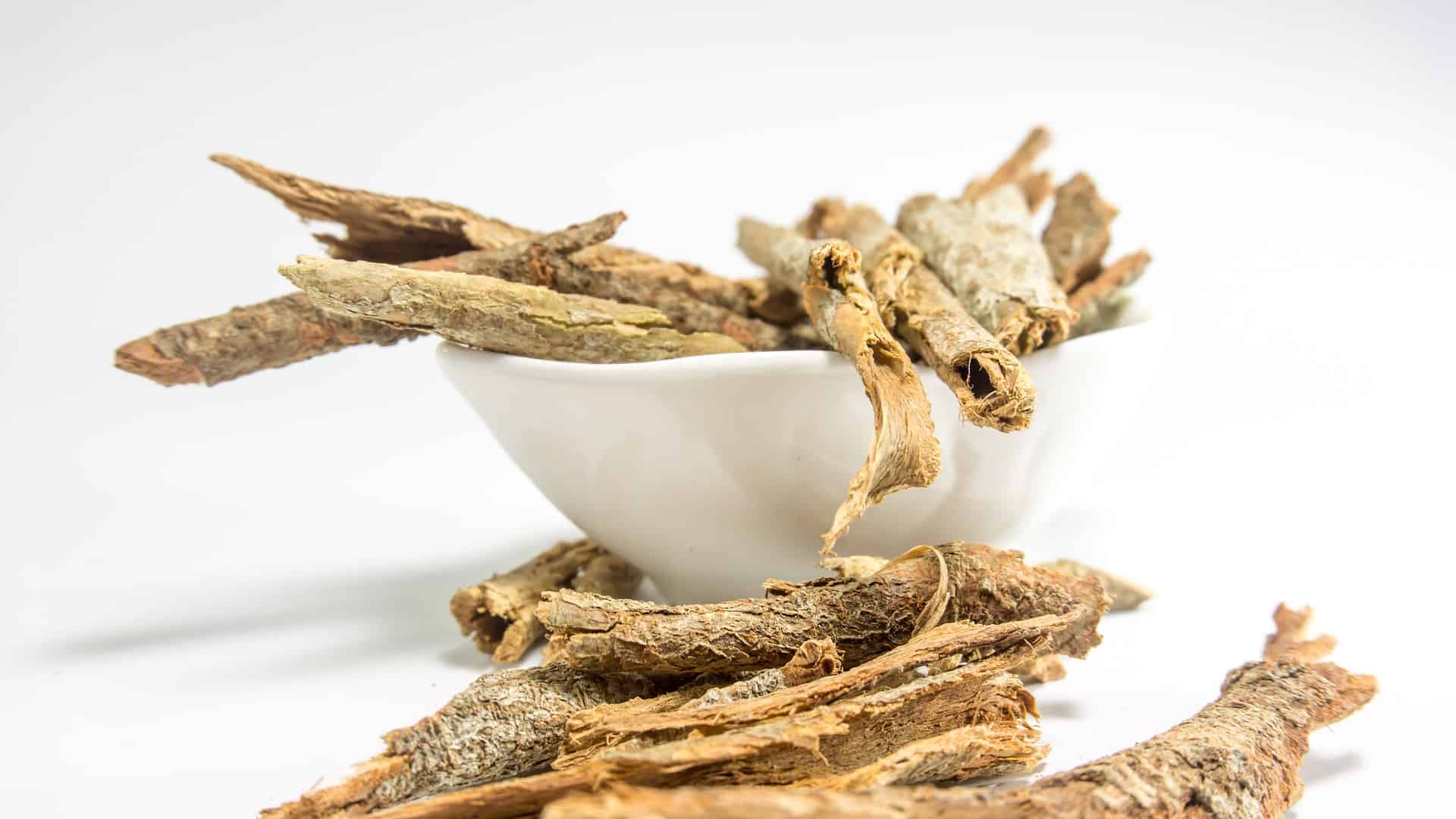
A short introduction to Ayurvedic
If you are here you already have a small understanding of Ayurvedic, if not you are curious. Here’s a short Ayurvedic 101.
The name actually translates to “science of life” or “practices of longevity”. Ayurvedic focuses on treating a particular issue, holistically. We can thank India for the practice of the three doshas and the healing principles of ayurvedic. Ayurvedic is a holistic form of health practice that respects the mind, body and spirit as a whole.
Founded in ancient India over 5,000 years ago and still used to this day. Ayurveda combines diet, lifestyle and herbs. Yoga is also in the mix and considers Ayurveda to be its sister science. What is so unique about holistic medicine and Ayurveda is that no one way is correct for all people. It’s individual, so what one person does to work may not work for another. You must develop your own regimen.
In short, the tea you choose or combination of herbs is for your specific need. Your tea can be individual to you for the specific purpose you are looking for. In Ayurveda you are unique and your structure and form is unique to you alone. You get to choose and you can change that choice day to day depending on how you feel.
The one great thing about Ayurveda is that it focuses on prevention. It is not like traditional medicine that is always chasing a disease to cure it. Ayurvedas structure is to prevent the disease before it has a chance to happen. It goes to the root of the problem and not just the symptoms.
There are about 20 qualities that form the basic understanding of Ayurveda. Those principles are opposites, like hot-cold or light -dark. These 20 qualities then join to make the doshas or energies.
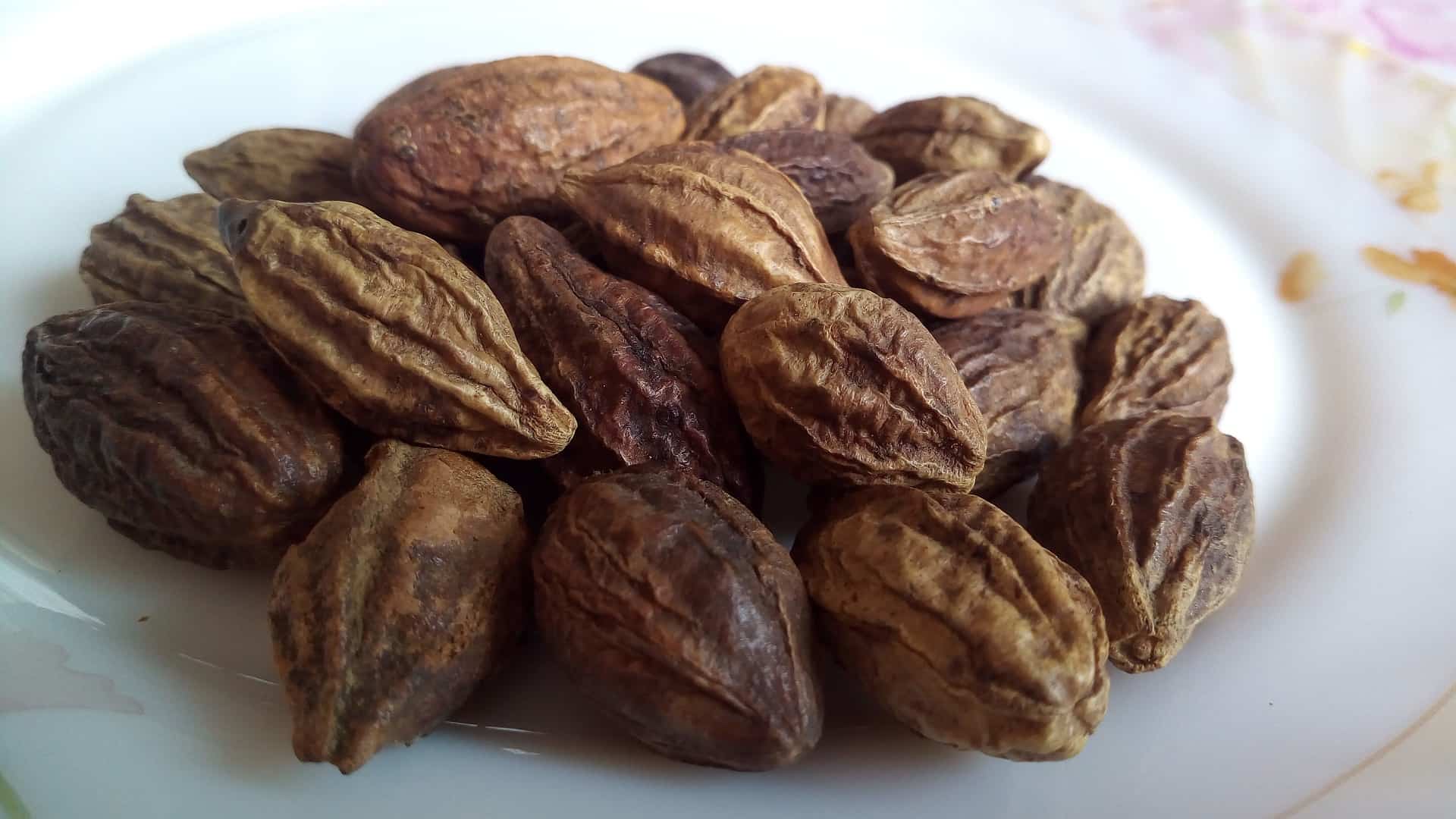
There are three principles or doshas to ayurvedic:
Kappa – “the earth and water” and very calm, like a calm body of water. They are composed and stand firm on their decisions. Slow paced and relaxed. This life force and energy develop issues like breathing disorders. As well as cancers, diabetes’s, nausea after eating and obesity.
Pitta – “the fire and water” with anger that shoots like lightning. They are sociable, cheerful and draw people inwards. Good digestion and do not like to feel hungry. Those whose energy follow the Pitta pattern are most likely to suffer from Crohn’s, heart disease, high blood pressure, and infections.
Vatha – “the wind, air or ether” with the characteristics of lean, wiry, active and restless. Their minds tend to wander as the wind blows with a bit of ADD. At times they can become agitated, they eat poorly with digestive issues. These folks are likely to develop symptoms of anxiety, asthma, heart disease, skin issues and some arthritis.
My Dosha reads as follows:
- Vahta – 59%
- Pitta – 32%
- Kapha – 9%
It’s a good combination for me and matches a lot of things in my life. It explains my ability to multi-task and go go go. Of course I’m always thinking about new ideas and possibilities for my blog and life. I’d love to know more about your Dosha’s, please let me know what you think.
Follow THIS LINK
to find your personal Dosha pattern. You will not have just one, but there will be a main dosha that shadows over the other two. All three doshas are a blending of personality, your personality. One will have dominance over the others but, all three are important to your health and well being.
Know that your body is made up of its own balance. This is what you are born with, say like your DNA, it’s your makeup, what you were created with and it does not change. It’s your dosha, unique only to you.
Secondly there is an imbalance that will constantly change in your life. Knowing your dosha and realizing the imbalances (stress, diet, health, season, climate, etc). Being constantly active in your lives. Make your need to be aware of these changes and to shift your life accordingly.
The NIH (national center for complementary and integrative health) has an interesting study. The questions that are answered are:
- Ayurvedic medicine safe
- Is Ayurvedic medicine effective
- How much do we know about Ayurvedic medicine?
It’s an interesting study to help you better understand the Ayurvedic principles.
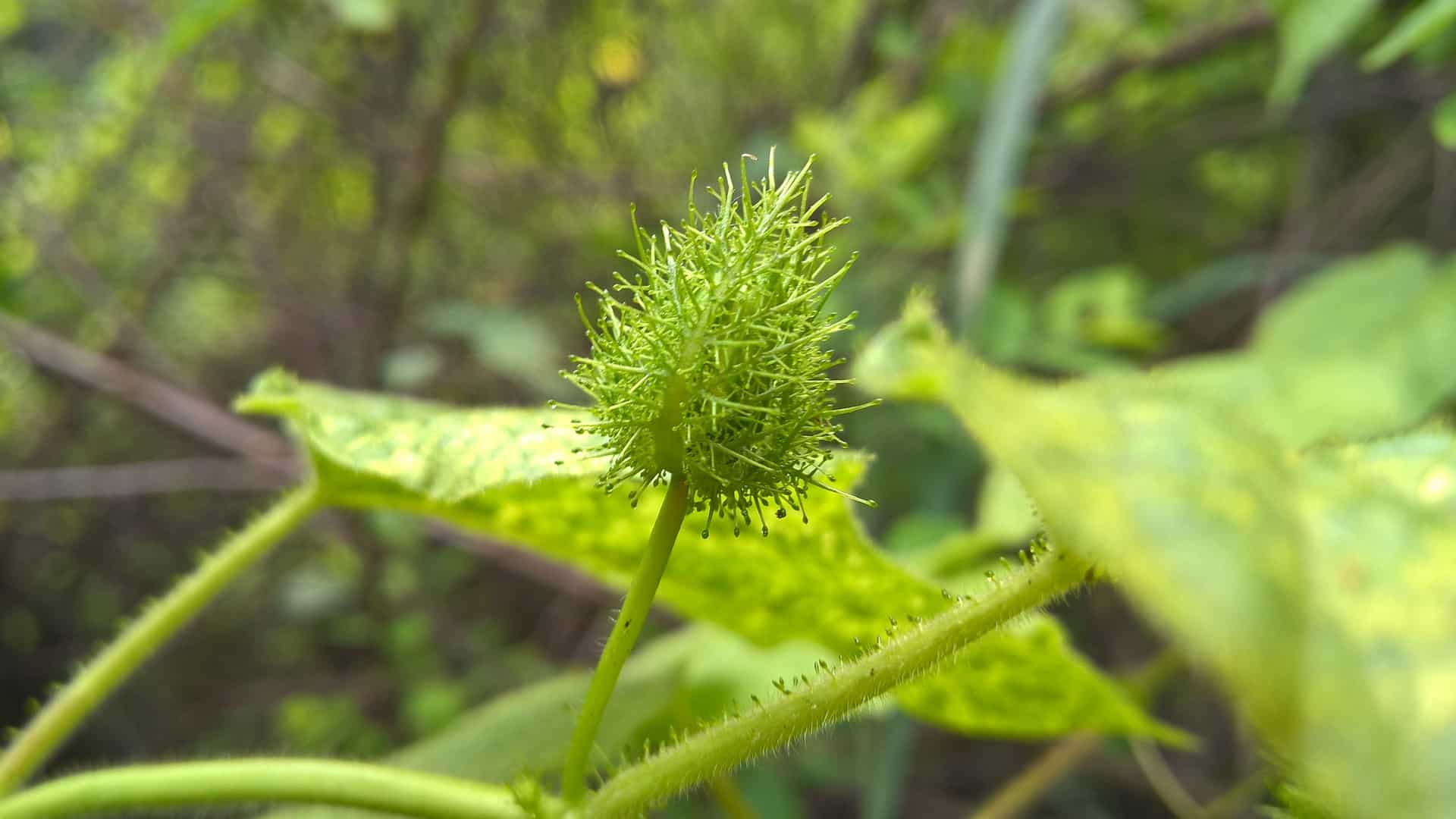
What are Ayurvedic teas
Now that we want to balance our lives and we have a better understanding of how to do that. Let’s look into the teas and herbs that surround Ayurvedic medicine. Ayurvedic teas are most commonly known as Ayurvedic herbs. What are Ayurvedic herbs and how are they used to benefit our bodies?
I learned this long ago. All disease starts in the gut. The root cause of all disease has to do with improper digestion. That makes great sense about why tea would help with the imbalance. Tea has always been a great digestive aid. When you add ayurvedic herbs to the cup now you are balancing a dosha and detoxing your digestive system.
An ayurvedic tea combines herbs specific to your dosha to help to detoxify and purify your body. Here is the thing, if you need the herbs they are here to help you if you don’t need them, no harm no foul. You cannot over do ayurvedic medicine. To answer your question: Is ayurvedic medicine safe? Absolutely.
While there are many ayurvedic herbs I will share a few of the better or best ones to brew in your cup. Tea is a fabulous way to get the effects of an herb into our bodies. It’s fast and pleasant. Tea tastes fantastic and with licorice root being one of that bring a unique sweetness to a cup full of herbs.
While there are many tea companies out there selling pre-made dosha teas for you it’s also fun to create your own. Below are some of the top ayurvedic herbs for you to choose from. The list is exhaustive. It’s fun to experiment with different herbs and teas. So where do you start? Start here. Grow from there.
What are Ayurvedic herbs
Ayurvedic tea is not just one tea to solve one problem. It is a combination of herbs and teas that work together to fit your dosha. They are crafted and mostly herbal while some may contain tea. The teas contained will be those that are less fermented as in Ayurvedic medicine. It is believed that the more fermentation the more of a chance for irritation. So look for green teas and possible white teas to be used in the tea formulas.
These 8 have scientifically proven to benefit your body, mind and soul:
Ashwagandha – Ashwagandha is an adaptogenic herb. It works to tone, support and revitalize the body. It’s an interesting herb that can calm you when needed or energize you if you need that more. It’s dual purpose makes it a versatile herb. Taste is pretty interesting as it’s name suggests: “Smell of a horse”. (Vata and Kapha)
Triphala – The name actually translates to three fruits. Those three are: Amla, Bibhitaki and Habitation. Triphala is one of the most popular of the ayurvedic herbs. Assists in a natural and gentle cleansing process. Adds nourishment to the tissues and supports digestion. It’s a natural antioxidant. Assists to create a healthy respiratory, cardiovascular and urinary system. (Vata, Pitta, and Kapha)
Brahmi (Bacopa monnieri) – Brahmi is considered an herb of awareness. It opens the mind and brings clarity. The mind balances from it’s emotional state. Again a dual herb by promoting daytime energy and nighttime sleep. Encourages healthy blood cells, skin and hair. (Vata, Pitta, and Kapha)
Shatavari – A benefit to the reproductive system. Mostly in females. Helps the digestive system in cases of excess pitta. Helps with breast milk production. Balances the female hormones. Assists with peristalsis of the bowels. Supports the male reproductive system as well. Great immune support and a natural antioxidant. (Pitta and Vata)
Turmeric – The warming herb. The entire body benefits from the use of turmeric. Helps your digestive system, brain and nervous system. Helps with sore joints. Is a superb liver support and helps the immune system. (Vata, Pitta, and Kapha). Be careful of excess use that will offset Pitta and Vata.
Neem – Ancient herb with history going back over 4,500 years. Like most herbs, neem has many health benefits including: Blood sugar, Immune system, skin, blood, lungs, metabolism, GI Tract, hair, and skin. Helpful with teeth and gums as well. (Pitta, Kapha)
Gotu Kola – Also known as marsh penny and Indian pennywort. Helps to boost cognitive function and may help Alzheimer’s. Helps to reduce anxiety and stress and acts as an antidepressant. Also reduces swelling and aids in sleep ( Vata, Pitta, and Kapha)
Guggulu – Rarely consumed by itself. There are several varieties with several different uses. They are determined by color and age of the gum. It’s the gum or sap that is used. It is said to have a potency that lasts decades. Purifies the blood as a detoxification and rejuvenator. Helps maintain cholesterols levels. Creates healthy skin and an excellent source of antioxidants. (Vata, Pitta, and Kapha) Especially helpful in balancing Vata aggravating.
These are also a few combinations of different herbs to be used with the different doshas.
- Vata
- Licorice
- Cinnamon
- Ginger
- Cloves
- Fennel
- Stevia
- Pitta
- Licorice
- Roses
- Fennel
- Cardamom
- Ginger
- Stevia
- Kappa
- Ginger
- Licorice
- Cinnamon
- Clovers
- Black Pepper
- Cardamom
Ayurvedic teas not only remove toxins but also have a calming and soothing effect on the body.
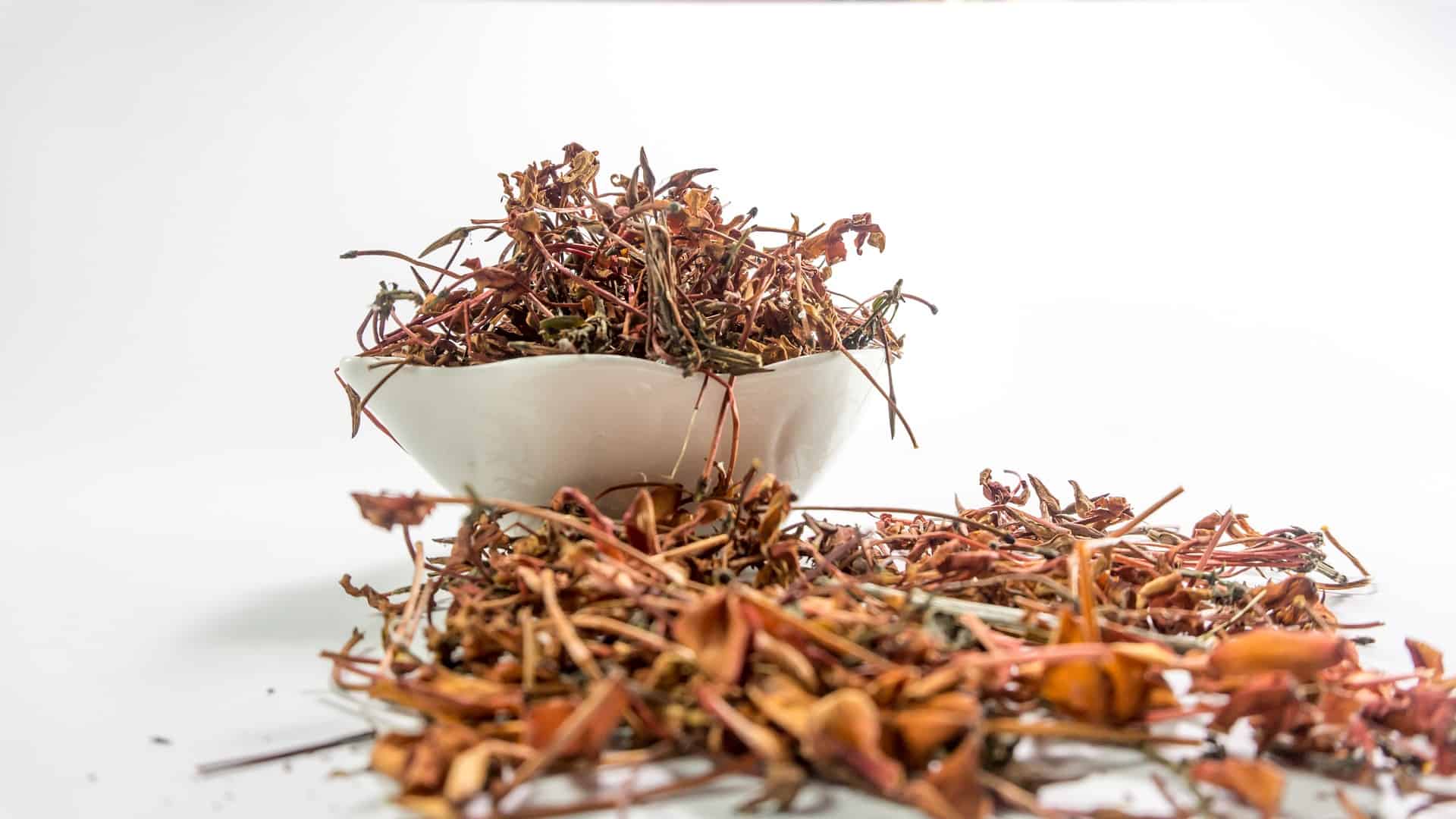
Are Ayurvedic teas safe
As with all herbs there are safe practices that should be observed. Moderation is also key. Knowing as well that herbal healing takes patience and time. It’s never immediate. But it is sure.
Pros
- Maintain health
- Does not look at the illness but at the root problem
- Taken and used for thousands of years
Cons
- There are some concerns about heavy metals present in some ayurvedic products.
- Is not regulated by the FDA
- Bad interactions with medications and drugs
A sample tea recipe for each dosha
Drinking hot tea is the suggested way to drink an ayurvedic tea. A cold tea is said to create a low agni. Having a low Agni makes breaking down of food and herbs difficult.
Vata Digestive Tea
*Beneficial for constipation, non-smelly gas & bloating
- 4 cups water
- 1 teaspoon dry ginger root
- 1 teaspoon dry turmeric root
- 1 teaspoon dry licorice root
Place all ingredients in a deep saucepan. Turn heat to medium-high and bring to a strong boil. Once it has come to a boil, turn the heat down to a simmer. While the water is coming to a boil, with a slotted spoon, observe where the water line is on the spoon. Cook until the water line has been reduced by half, rendering 2 cups of tea. Once the water has reduced by half, turn off the heat and allow the tea to rest for 5-10 minutes before straining. Drink along with your meal to help aid healthy digestion.
Pitta Digestive Tea
*beneficial for indigestion, heartburn & smelly gas
- 4 cups water
- 1 teaspoon cumin seeds
- 1 teaspoon coriander seeds
- 1 teaspoon fennel seeds
Place all ingredients in a deep saucepan. Turn heat to medium-high and bring to a strong boil. Once it has come to a boil, turn the heat down to a simmer. While the water is coming to a boil, with a slotted spoon, observe where the water line is on the spoon. Cook until the water line has been reduced by half, rendering 2 cups of tea. Once the water has reduced by half, turn off the heat and allow the tea to rest for 5-10 minutes before straining. Drink along with your meal to help aid healthy digestion.
Kapha Digestive Tea
*beneficial for sluggish digestion & nausea
- 4 cups water
- 1 teaspoon dry ginger root
- 1 teaspoon clove
- 1 teaspoon black peppercorns
Place all ingredients in a deep saucepan. Turn heat to medium-high and bring to a strong boil. Once it has come to a boil, turn the heat down to a simmer. While the water is coming to a boil, with a slotted spoon, observe where the water line is on the spoon. Cook until the water line has been reduced by half, rendering 2 cups of tea. Once the water has reduced by half, turn off the heat and allow the tea to rest for 5-10 minutes before straining. Drink along with your meal to help aid healthy digestion.
** Thanks to paavaniayurveda.com for the recipes
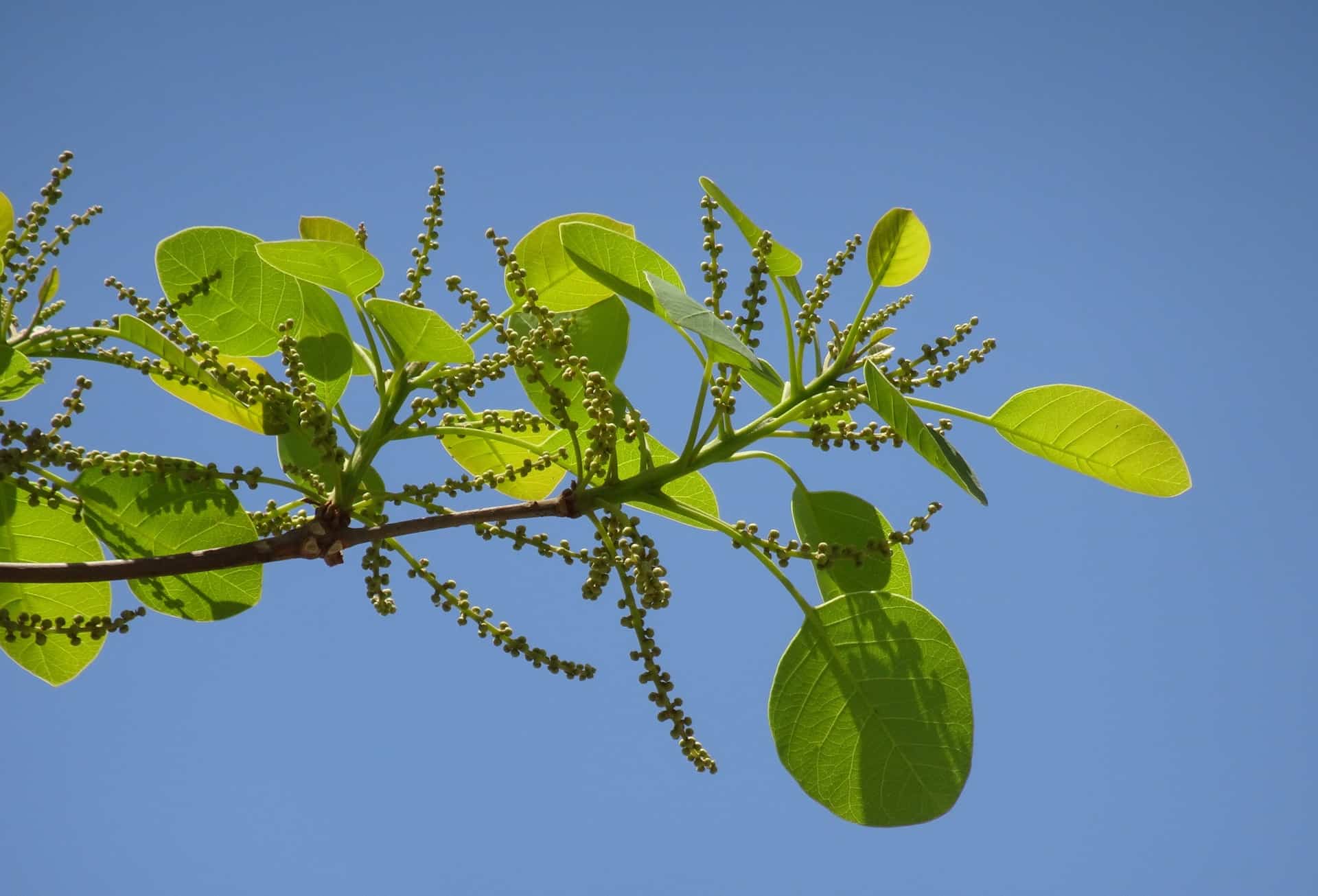
Conclusion
There is a lot we don’t know about Ayurvedic herbs. There is still a lot more we do know. Herbs that have been used for centuries. Successfully. There are still things we need to be cautious about. As in all things, moderation. I’ve taken my dosha test and here are my results.
From these I will use the recommendations of the herbs and create my own herbal dosha ayurvedic tea. There are also several that I suggest and will share below.
Some ayurvedic choices:
The Tao of Tea Ayurvedic Tea Pitta
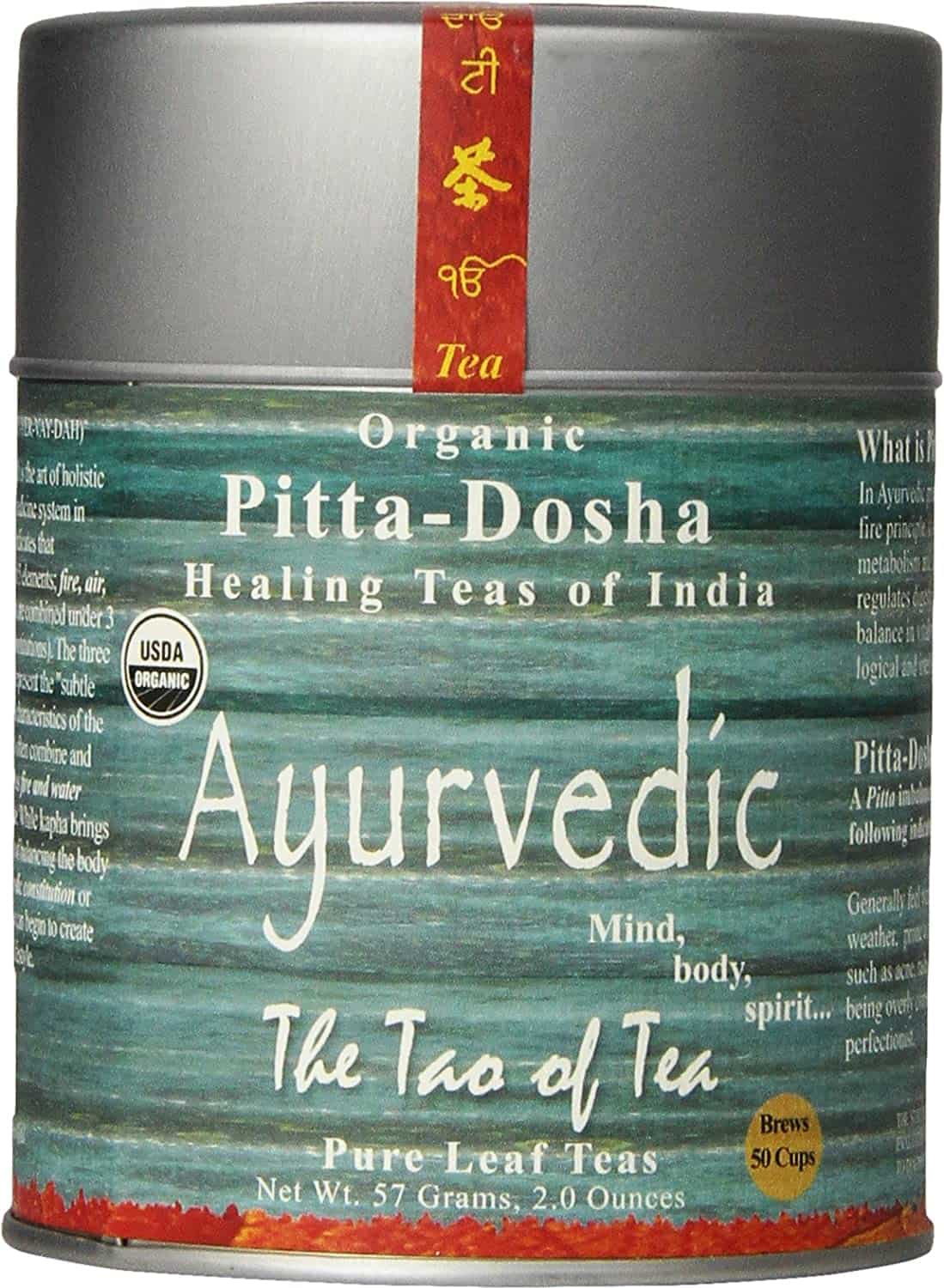
This tea comes in a cute cylindrical shape container. The contents inside are peppermint, rose, chamomile and hibiscus. Pitta is the fire element. This tea matches that dosha by calming, soothing and allowing the mind to focus. This tea is 100% organic and makes approximately 50 cups.
Ayurvedic Detox Tea
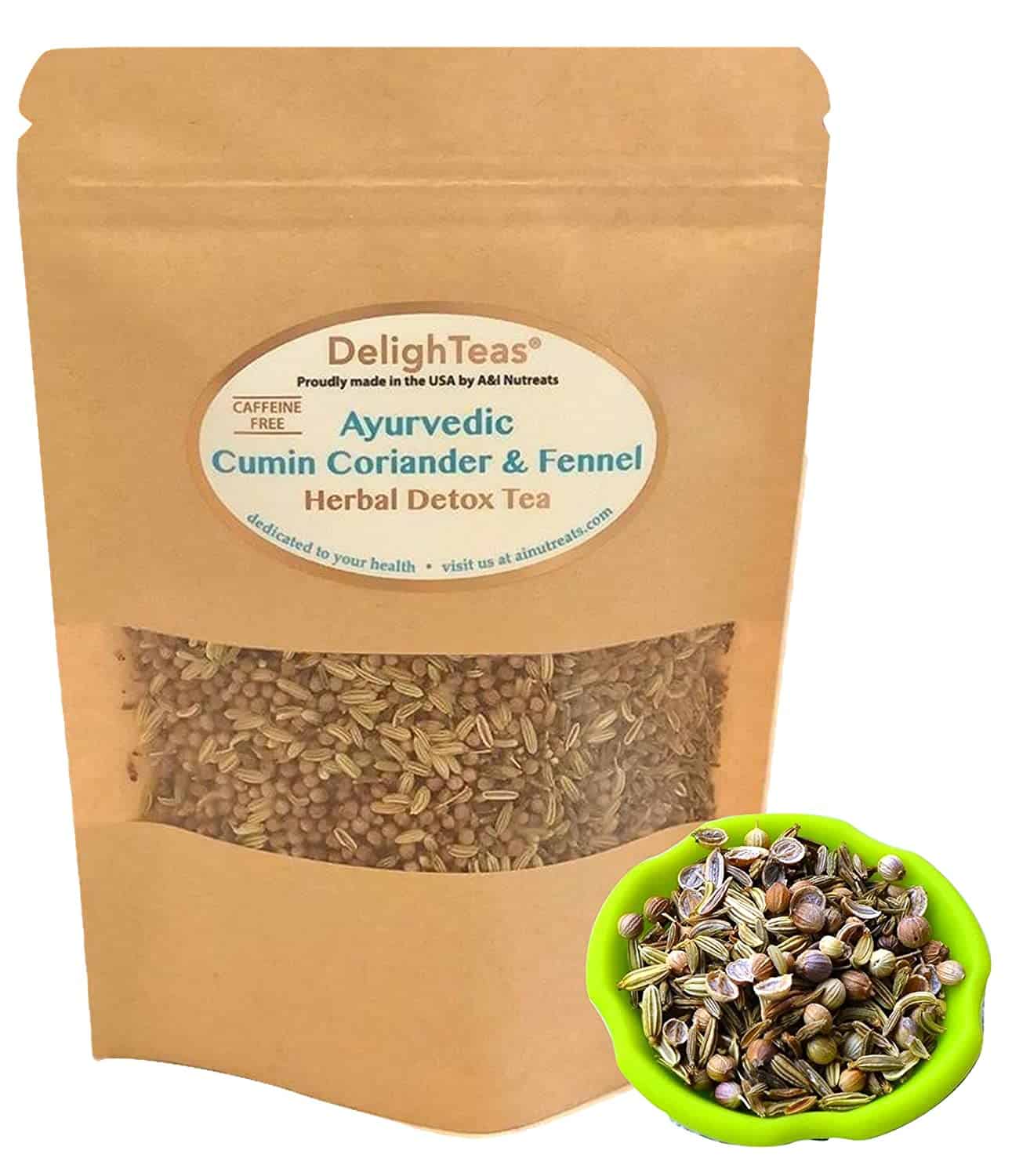
This tea is sent to detox. Made of 100% organic, non GMO cumin, coriander and fennel. This tea will balance the doshas. As it cleanses the body it will help to improve metabolism and support weight loss.
Ayurvedic Calm & Peace Tea
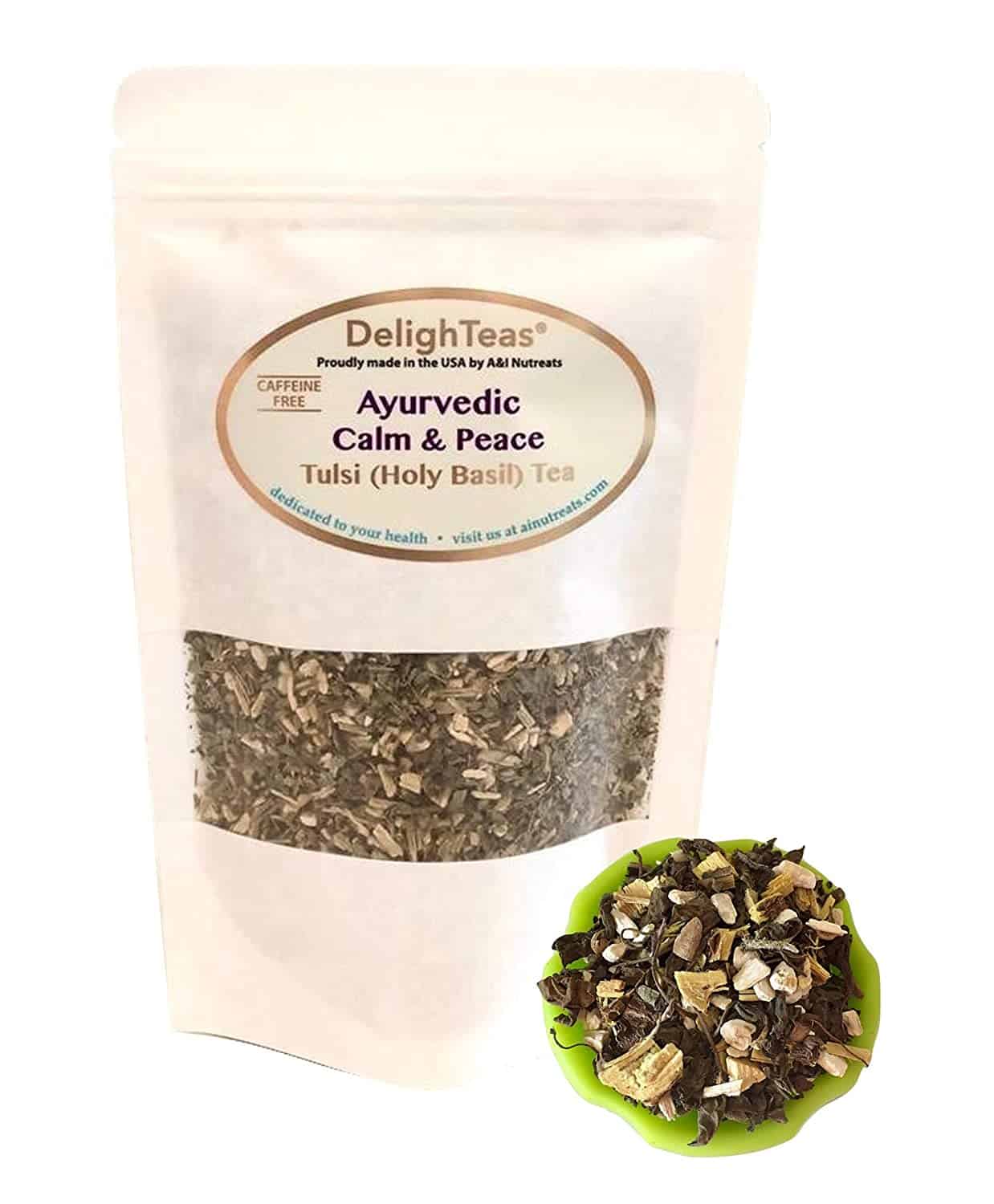
Peaceful and calm. This tea contains Tusli, ashwagandha and licorice. This tea is created to calm the body and soul. While doing so it also clears your mind. 100% organic.
Tealyra White Ayruvedic Chai
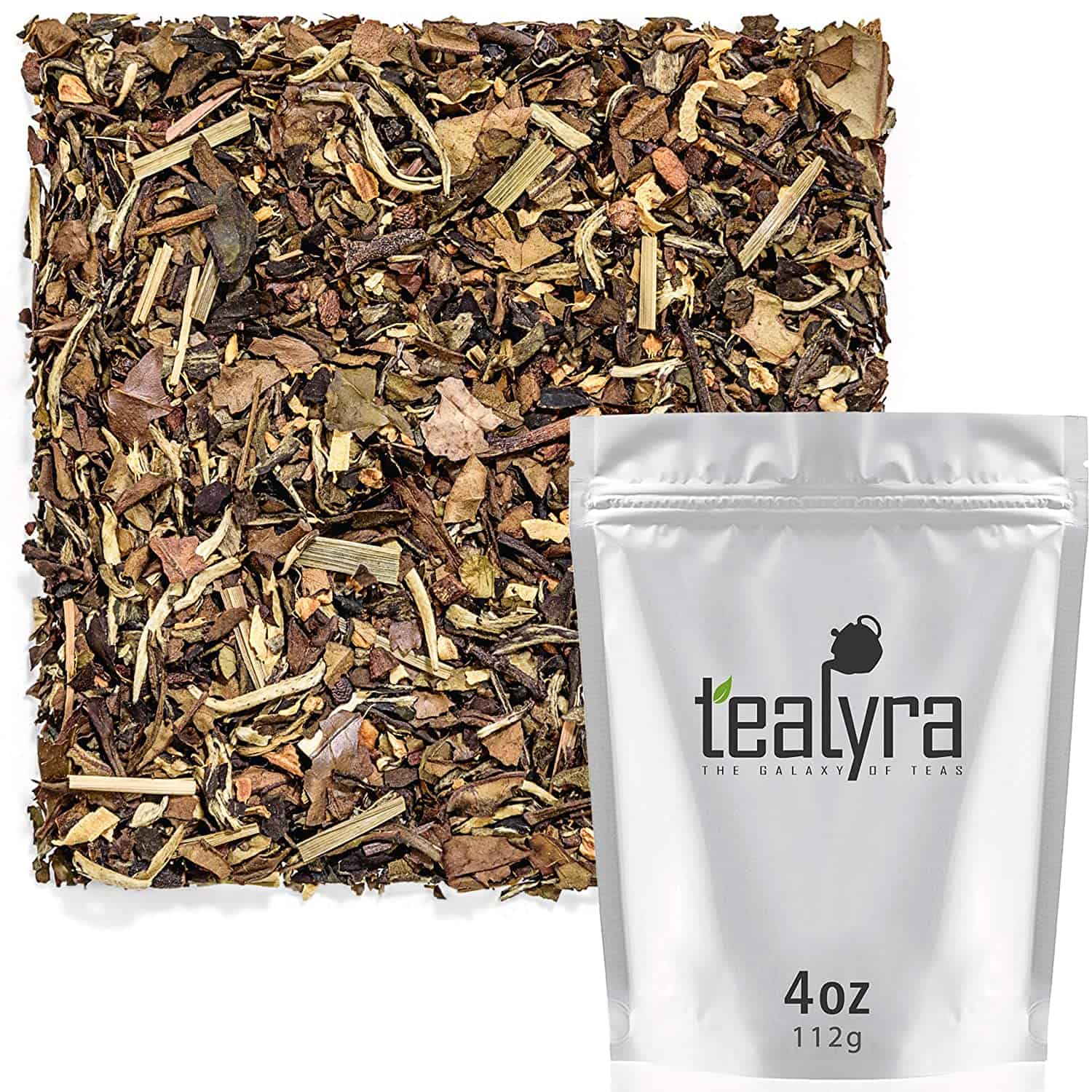
Sweet and spicy chai. Chai is made up of many spices brewed together. This tea contains: White tea, cinnamon bark, ginger root, cardamom, black peppercorn, natural spicy cinnamon flavor, cloves, dried coconut, pineapple pieces and natural ginger flavor. Awaken your senses and balance your doshas.

